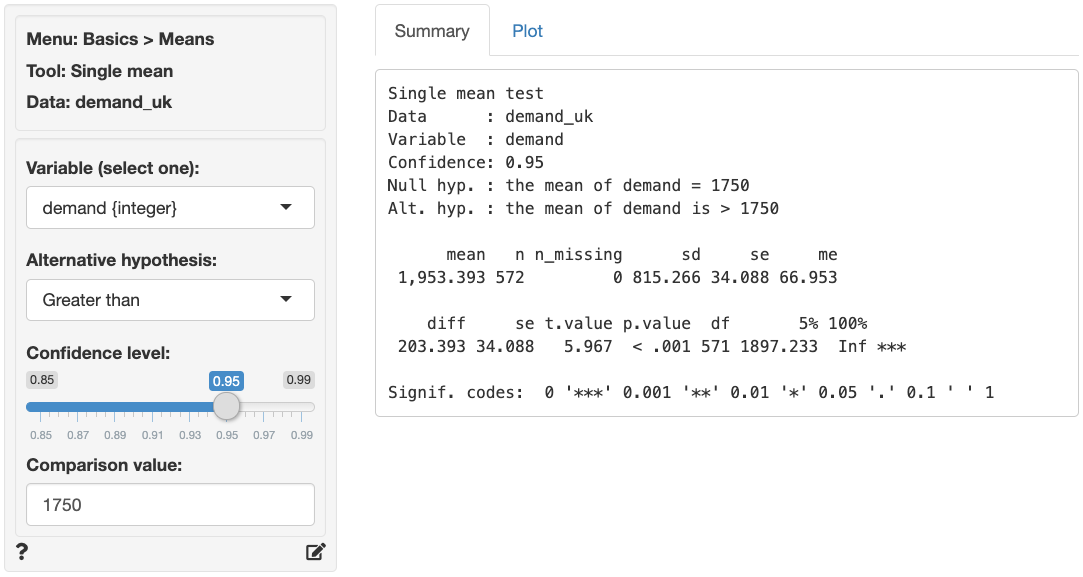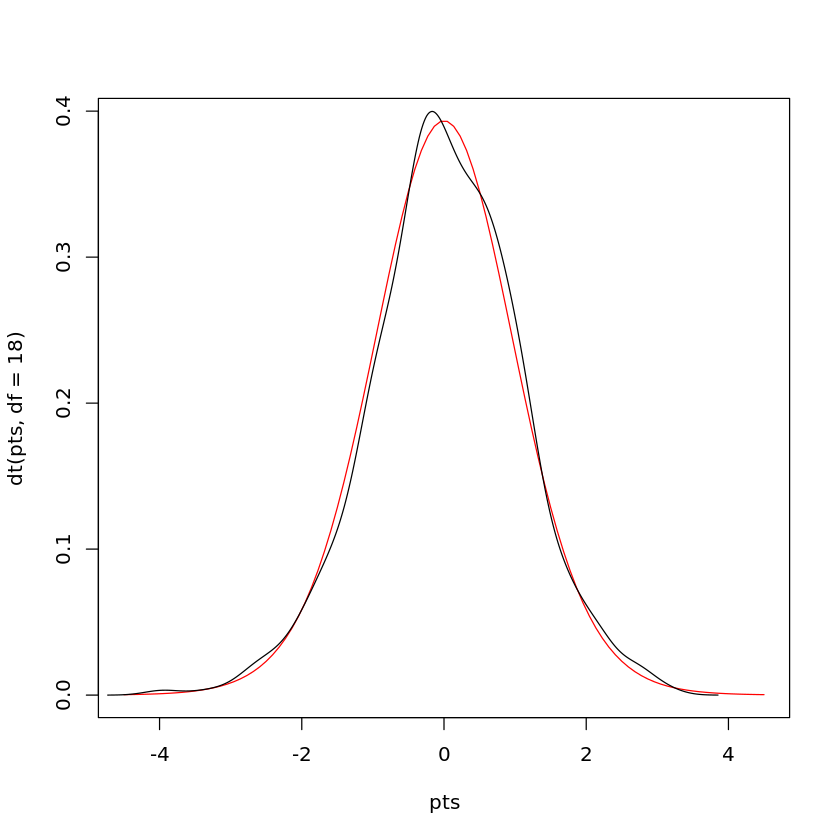
What the conclusion means: There is a significant linear relationship between \(x\) and \(y\).Conclusion: There is sufficient evidence to conclude that there is a significant linear relationship between \(x\) and \(y\) because the correlation coefficient is significantly different from zero.If the test concludes that the correlation coefficient is significantly different from zero, we say that the correlation coefficient is "significant." We decide this based on the sample correlation coefficient \(r\) and the sample size \(n\). The hypothesis test lets us decide whether the value of the population correlation coefficient \(\rho\) is "close to zero" or "significantly different from zero". \(r =\) sample correlation coefficient (known calculated from sample data).\(\rho =\) population correlation coefficient (unknown).

The symbol for the population correlation coefficient is \(\rho\), the Greek letter "rho.".The sample correlation coefficient, \(r\), is our estimate of the unknown population correlation coefficient. But because we have only sample data, we cannot calculate the population correlation coefficient. If we had data for the entire population, we could find the population correlation coefficient. The sample data are used to compute \(r\), the correlation coefficient for the sample.

We perform a hypothesis test of the "significance of the correlation coefficient" to decide whether the linear relationship in the sample data is strong enough to use to model the relationship in the population. We need to look at both the value of the correlation coefficient \(r\) and the sample size \(n\), together.

However, the reliability of the linear model also depends on how many observed data points are in the sample. The correlation coefficient, \(r\), tells us about the strength and direction of the linear relationship between \(x\) and \(y\).


 0 kommentar(er)
0 kommentar(er)
